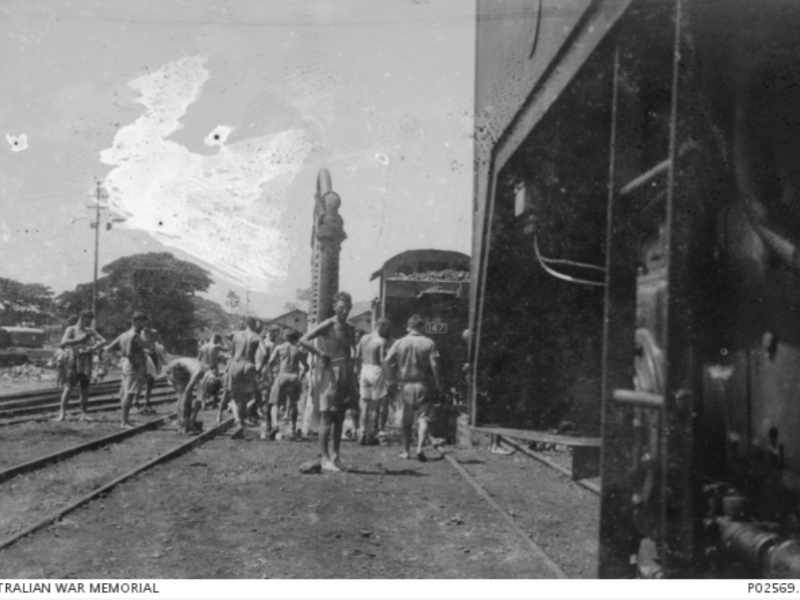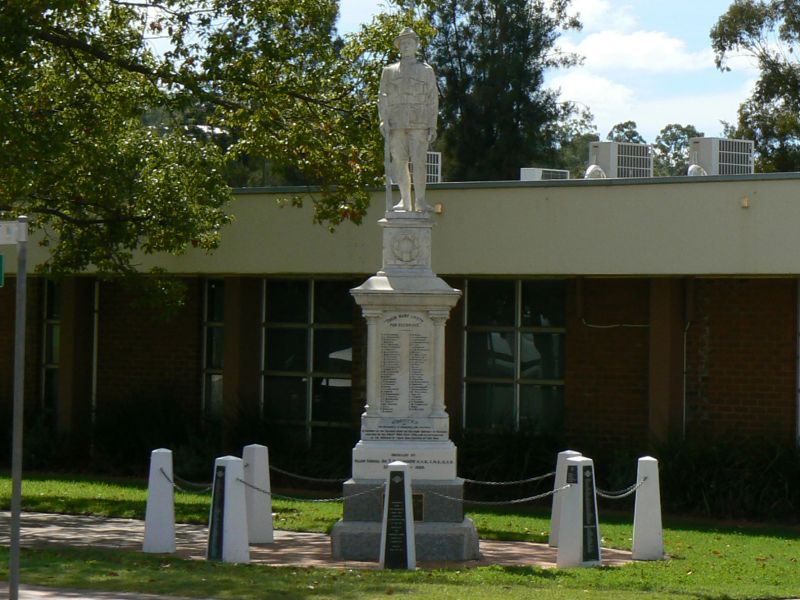Gunner Albert Edwin Charles Crane, 2/15th Field Regiment, Royal Australian Artillery
Albert Edwin “Ted” Charles Crane was born on 23 October 1908 in Cliffe, in the county of Kent, England, the son of Edwin and Lilley Crane.
While Albert was still young, his family moved to Nanango, Queensland, where he worked as a labourer.
On 24 June 1941, Albert and his younger brother, John, enlisted together in the Second Australian Imperial Force at Maryborough.
On 10 January 1942, the brothers left from Sydney for Batavia (present-day Jakarta) and Johore in Malaya, for the 2/15th Field Regiment.
By early January 1942, the Japanese had advanced through Thailand and most of Malaya. The regiment’s gunners were in almost constant action, providing artillery support for the infantry withdrawal along the Malayan Peninsula towards Singapore.
The Japanese, meanwhile, were preparing their forces for an invasion of the island.
They attacked Singapore at 10.30pm on 8 February with two Japanese divisions attacking along the front of the 22nd Brigade.
The brigade fought back and tried to retain the line but with communications cut and being heavily outnumbered, they were forced to withdraw.
By 13 February, the battle for Singapore Island was all but over and on 15 February, British forces surrendered. Two days later, the Crane brothers’ regiment began moving from Tanglin Golf Course into the sprawling Changi prisoner-of-war camp.
After a few months in Changi, the Crane brothers were allocated to F Force, an enforced Allied prisoner of war (POW) labour force. They left Changi in mid-April of 1943, consisting of 3,662 Australians and 3,400 British.
F Force were sent to Thailand by train, packed into suffocating metal railway trucks with little food and water. On reaching Ban Pong in Thailand, the prisoners were marched over 300 kilometres to half a dozen camps near the Burma border.
To avoid the heat, which was at its most intense in April, the prisoners marched at night, for as much as 12 to 15 hours. When the monsoonal rains began in May, paths became impossibly slippery and treacherous. Many of the men collapsed and could not go on.
The bulk of F Force arrived utterly exhausted in mid-May at remote and primitive camps. There, acute supply problems aggravated widespread outbreaks of cholera, dysentery, malaria, beri beri, and diarrhoea. A third of the Australians and almost two-thirds of the British prisoners died.
It wasn’t until 1945 that the Crane family heard that Albert Crane had died of dysentery on 23 December 1943. His brother, John, had died of cholera seven months earlier.
Those who died during the construction and maintenance of the Thai-Burma railway were later transferred into cemeteries in Thailand and Burma.
Today Albert Crane’s body lies at Kanchanaburi War Cemetery in Thailand, under the words, “Duty nobly done. Ever remembered.”
Duncan Beard, Editor, Military History Section
Image: Members of "F Force", an enforced Allied prisoner of war (POW) working party sent to construct the Burma-Thailand railway, at a watering point near the border to Thailand.

 Australian War Memorial
Australian War Memorial